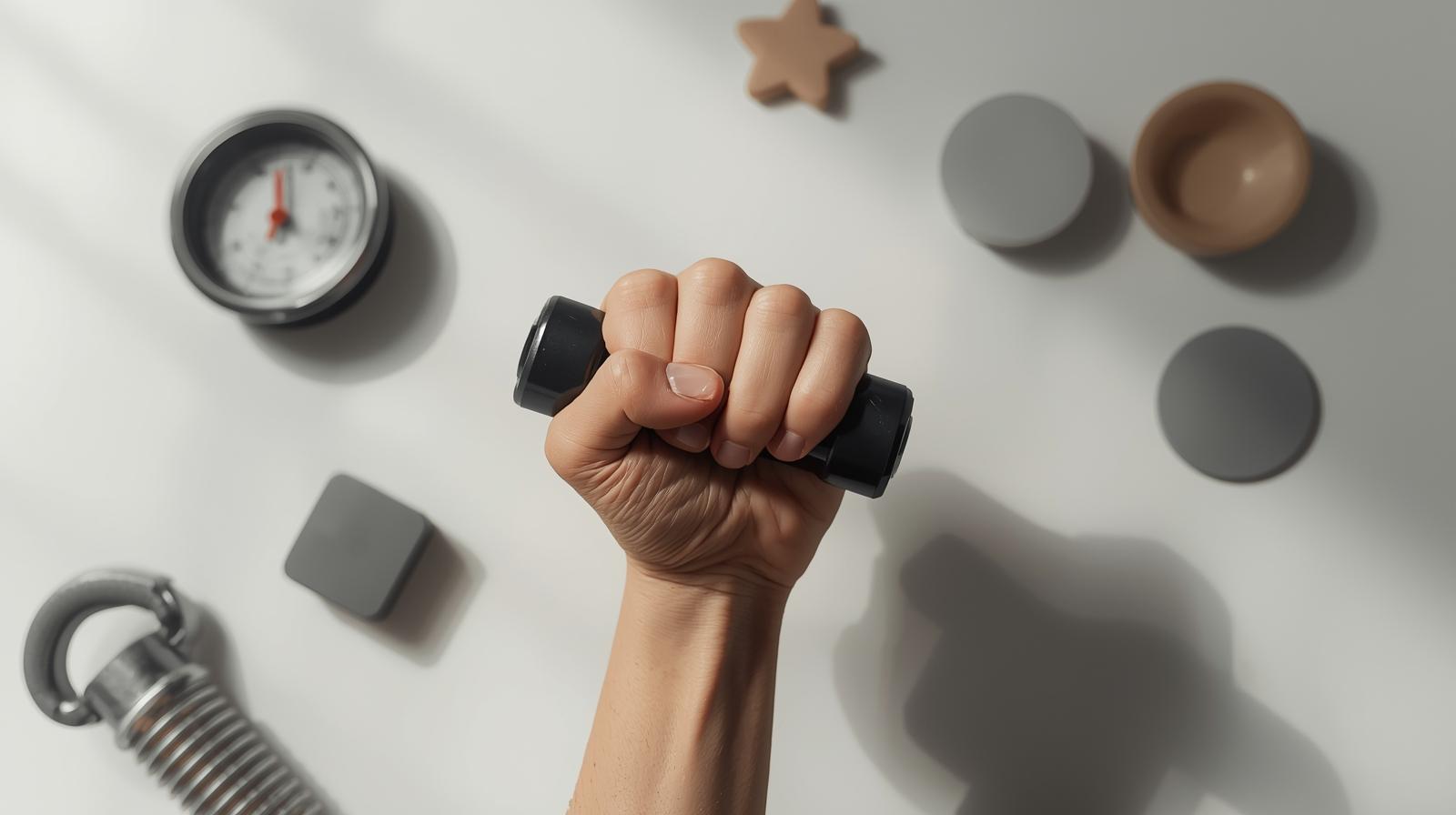Grip Strength and Longevity: Why It Matters More Than You Think

We spend a lot of time focusing on the big health metrics: blood pressure, cholesterol, and body weight. They’re important, but grip strength consistently outperforms them as a predictor of long-term health and independence. It’s simple, inexpensive, and one of the most overlooked measures of physical performance and biological age.
Research continues to show that lower grip strength is associated with a higher risk of cardiovascular disease, metabolic syndrome, cognitive decline, and all-cause mortality. In other words, how firmly you can squeeze something says a lot about how well your body is functioning—and how it’s likely to perform over the next few decades. Scientists now view grip strength as an early indicator of how fast or slow you’re aging at the cellular level.
What makes it especially valuable is that it reflects your entire system, not just your hand muscles. When muscle mass decreases, inflammation rises, hormones fluctuate, or mitochondrial function weakens, grip strength is among the first to decline.
In the clinic, I use grip strength as both a diagnostic and motivational metric. It offers immediate feedback and tracks progress over time. Patients see it improve as they train more consistently, recover better, or make targeted nutritional and lifestyle changes. For athletes, it helps identify readiness and recovery capacity. For professionals under chronic stress, it acts as a real-time signal of fatigue and metabolic strain. For anyone over 40, it’s a key marker of healthspan.
The goal isn’t to build a crushing handshake—it’s to maintain strength, coordination, and resilience that carry through every stage of life. Grip strength is a reflection of how well your body can perform, recover, and adapt.
Below is my video breakdown on why grip strength matters, how to measure it accurately, and the most effective ways to improve it.
Watch the YouTube video here: https://youtu.be/UUSWsJr0-PA?si=Bt3n29VHTKDJhphy




